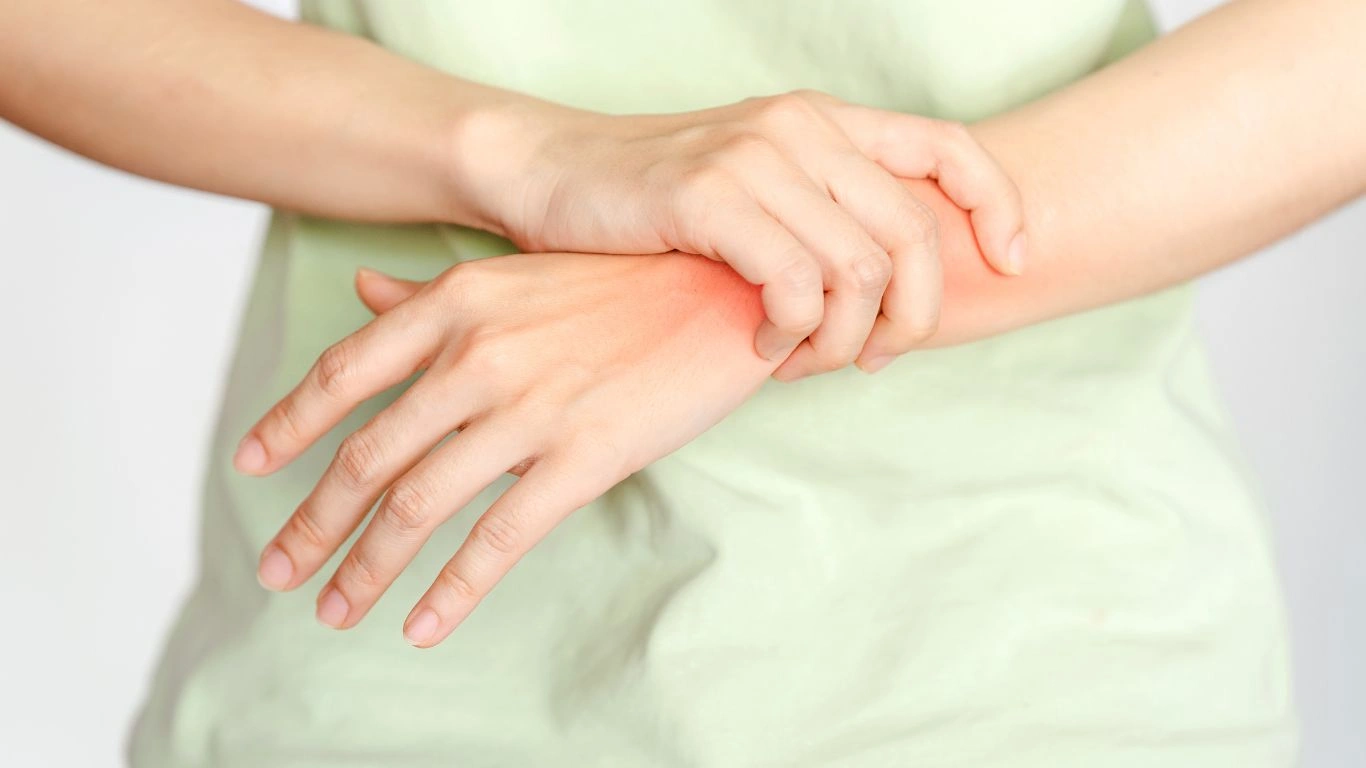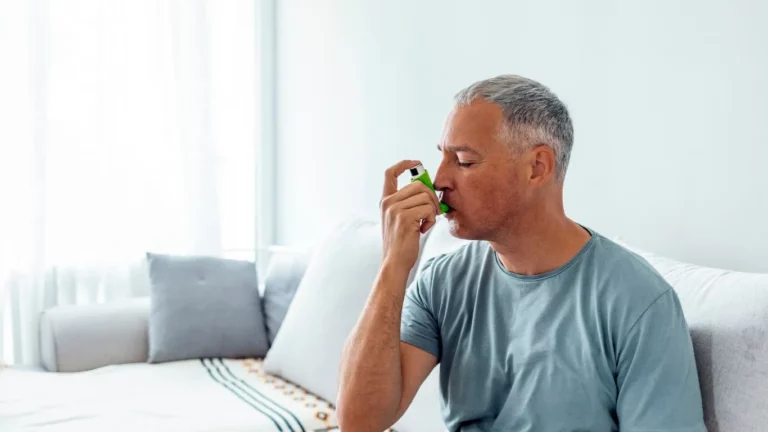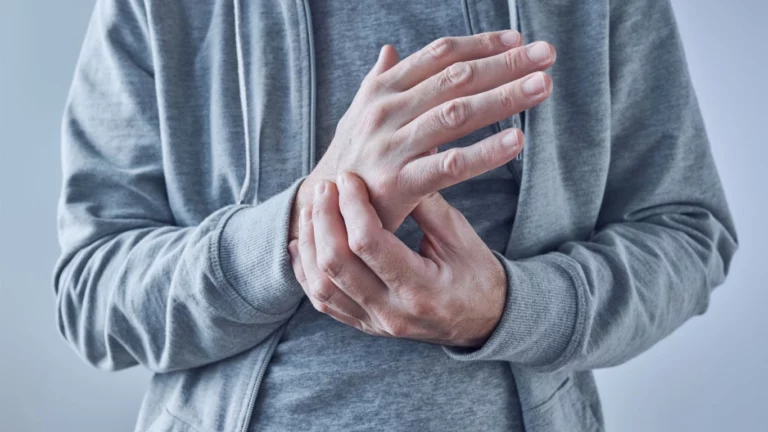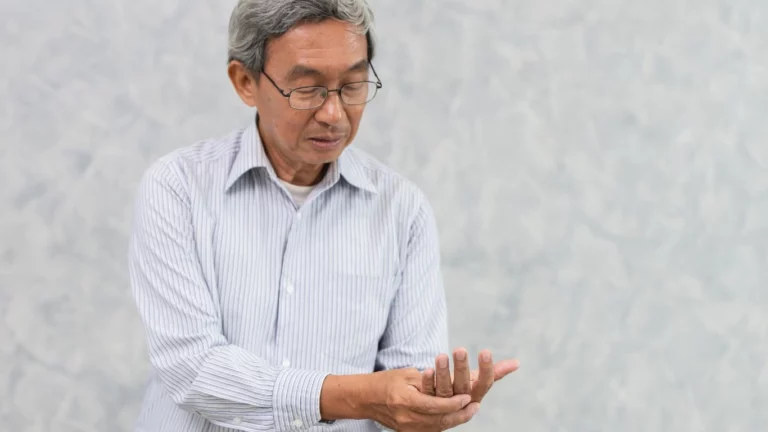Best Low-Impact Exercises for Rheumatoid Arthritis That Really Help
If you’re living with rheumatoid arthritis, you’re probably no stranger to the daily dance of managing pain, fatigue, and stiffness. One of the questions I hear the most as a Rheumatology Nurse Practitioner is, “What kind of exercise can I actually do without making my joints worse?” It’s a totally valid concern. The good news? There’s a sweet spot—and it’s called low-impact exercises for rheumatoid arthritis sufferers. Trust me, movement doesn’t have to be extreme to be effective. In fact, some of the gentlest exercises can bring the biggest benefits for people like us (yes, I include myself—I’ve had my own battles with joint inflammation over the years).
Why Movement Matters (Even When It Feels Like the Last Thing You Want to Do)
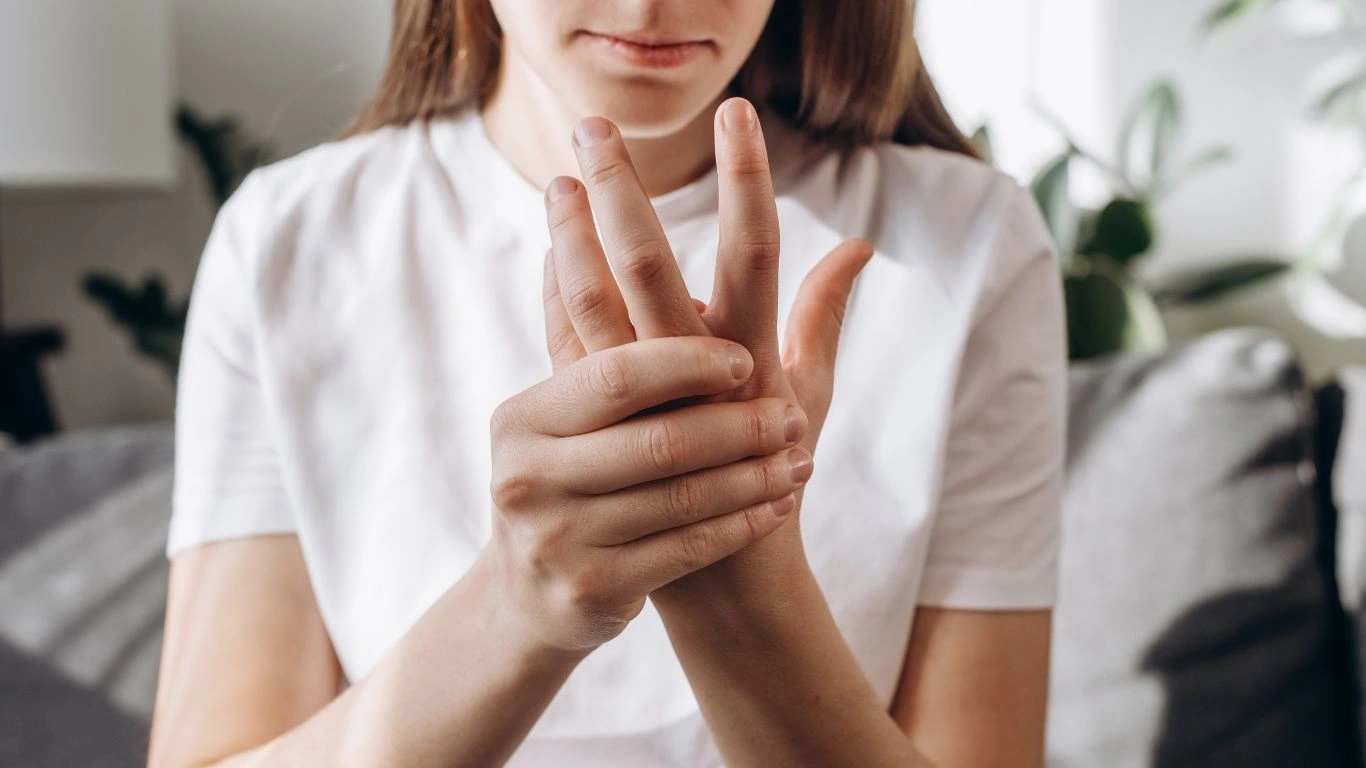
Here’s the thing: when your joints hurt, moving them sounds like a terrible idea. I get it—been there, done that, and probably had an ice pack on it. But research (and years of hands-on experience with patients) consistently shows that the right kind of movement can actually help reduce stiffness, improve mobility, and even ease pain over time. Think of it like lubricating a rusty hinge—the more gently you move, the smoother it gets.
Not to mention, regular movement helps strengthen the muscles around your joints, improves cardiovascular health, boosts mood (hello, endorphins!), and helps combat fatigue. And let’s not forget the added bonus of better sleep, which so many RA patients struggle with.
What Are Low-Impact Exercises, Exactly?
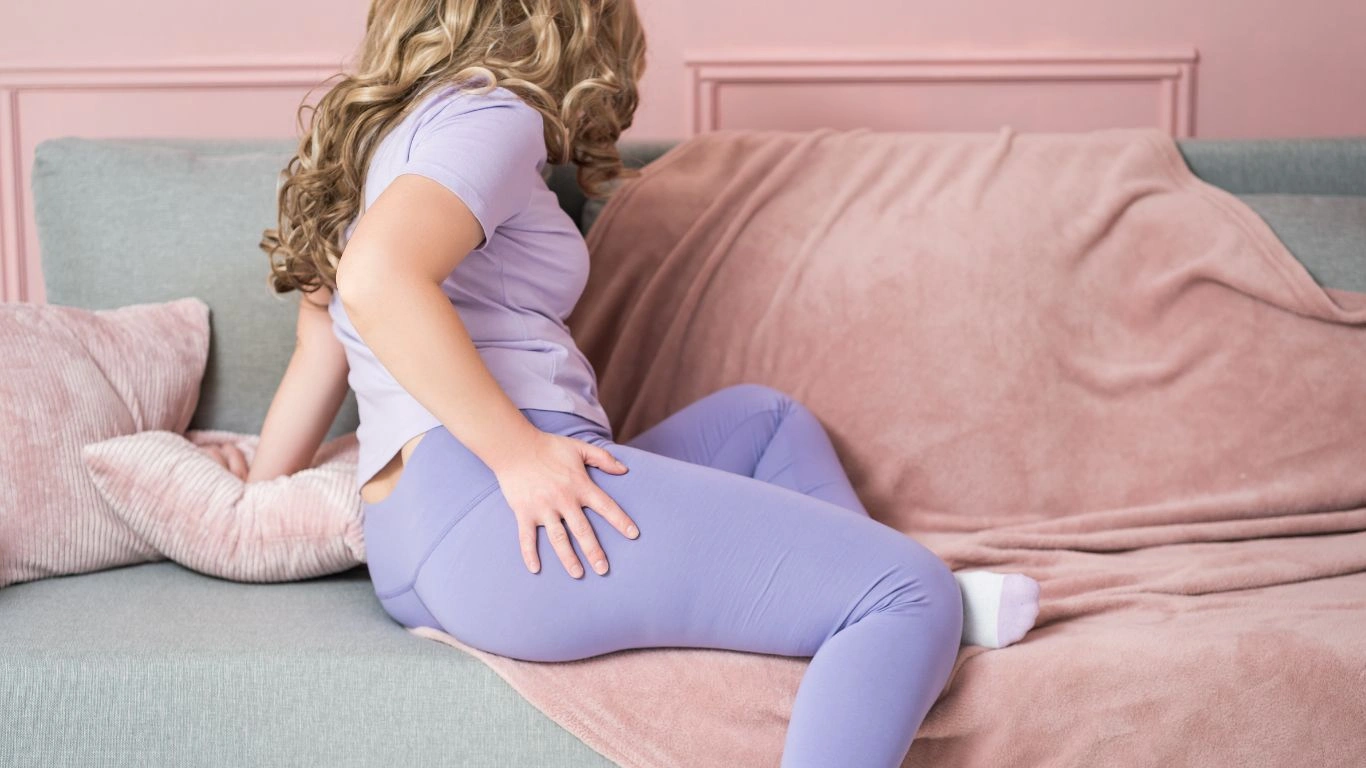
When we say “low-impact,” we’re talking about activities that don’t put a ton of pressure on your joints. There’s no pounding pavement or high-intensity jumping involved. These exercises are smooth, steady, and joint-friendly. They’re designed to keep your body moving without aggravating inflammation or increasing wear and tear.
Benefits of Low-Impact Exercise for RA Patients
- Reduces joint stiffness: Movement helps circulate synovial fluid—your joints’ natural lube.
- Strengthens muscles: Supporting your joints with strong muscles means less strain.
- Boosts balance and coordination: Especially important if joint instability is an issue.
- Improves mood: RA can take a mental toll—exercise releases mood-lifting chemicals.
- Enhances flexibility: Range of motion tends to decrease with RA unless you actively work on it.
From working with hundreds of patients over the years, I’ve noticed that those who stick with low-impact activities tend to report less pain flares, better energy levels, and a greater sense of control over their bodies. It’s a game-changer.
Top Low-Impact Exercises for Rheumatoid Arthritis Sufferers
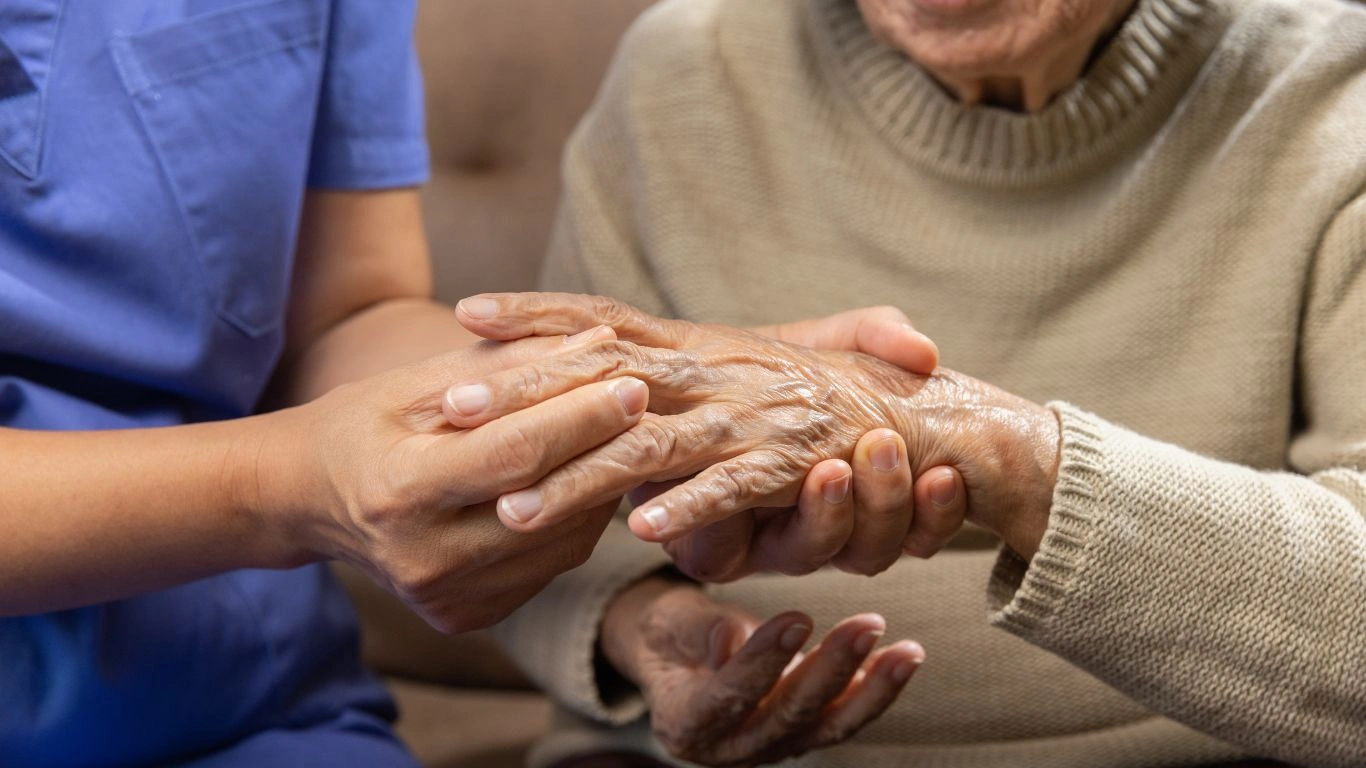
Alright, let’s dive into some of my go-to recommendations—the ones I share with patients regularly. Whether you’re newly diagnosed or a seasoned RA warrior, these are safe, effective, and (dare I say?) even enjoyable.
1. Water-Based Exercises (Aquatic Therapy)
This one tops the list for good reason. Water takes the pressure off your joints while still giving you resistance to work with. It’s ideal for days when land-based movement feels like too much. I’ve had patients who swear by their aqua aerobics classes—they say it’s the one place where they feel “normal” again.
2. Gentle Yoga
Yoga isn’t about bending yourself into a pretzel—it’s about connecting your breath with your movement and finding what feels good in your body. Gentle or restorative yoga styles (like Hatha or Yin) focus on slow movements and deep stretches. I often suggest chair yoga for those with balance issues or advanced joint damage.
3. Tai Chi
Think of this as meditation in motion. Tai Chi uses slow, flowing movements that improve balance, posture, and relaxation. It’s particularly great for RA sufferers who experience morning stiffness or feel off-balance. Some of my older patients love it because it feels elegant and empowering—not like exercise at all.
4. Walking (Yes, Just Walking!)
Sometimes we overthink it. Just going for a walk around the block can be a fantastic way to get moving. If your knees are sore, consider a cushioned walking track or treadmill. I always recommend supportive footwear and maybe a walking buddy to keep you accountable.
5. Resistance Band Work
These lightweight, stretchy bands are incredibly effective for building strength without heavy weights. You can do them seated or standing, and they’re easy to adapt to your specific needs. I even keep a set in my office to demo for patients—it’s amazing how much you can accomplish with just a band and a little guidance.
Coming up, I’ll be diving deeper into how to build a customized low-impact routine based on your RA symptoms, flare cycles, and lifestyle. But remember—start small, listen to your body, and celebrate every step forward. Even five minutes of movement is better than none. You’re not trying to win a marathon here; you’re just trying to feel better in your own skin.
How to Create a Low-Impact Routine That Works for *You*

One of the biggest mistakes I see is people jumping into exercise routines that don’t fit their current abilities or flare patterns. And then they end up discouraged (or worse, in more pain). Let’s not do that. The trick is to build a low-impact exercise plan that actually makes sense for where you are right now—and where you’d like to go.
I always tell my patients: think of exercise like seasoning food—start light and adjust as you go. Your joints will thank you.
Start with a Symptom Diary
Sounds old-school, but it works. Track how you’re feeling each day—stiffness, swelling, pain, fatigue, you name it. When you overlay that with your activity levels, you’ll start to see patterns. For example, maybe yoga feels amazing after a flare, but walking ramps things up during certain weather changes. That insight is gold when customizing a routine.
Pick 2–3 Core Activities
You don’t need a complicated schedule. Choose two or three low-impact exercises for rheumatoid arthritis sufferers that feel doable and rotate between them. For example:
- Monday & Thursday – Water aerobics
- Tuesday – Gentle yoga at home
- Friday – Short walk with light resistance band work
This keeps things fresh while giving your body the variety it needs. And if your symptoms spike? It’s totally okay to switch a session for rest or gentle stretching. Flexibility is part of the plan.
Don’t Forget Warm-Ups and Cool Downs
This is a hill I will happily die on. Warming up your joints—especially in the morning—can make all the difference. Even just five minutes of gentle range-of-motion movements or dynamic stretching can prime your body. Cooling down is just as important to reduce post-activity soreness. Trust me, your future self will be grateful.
Managing Flare Days: Move or Rest?
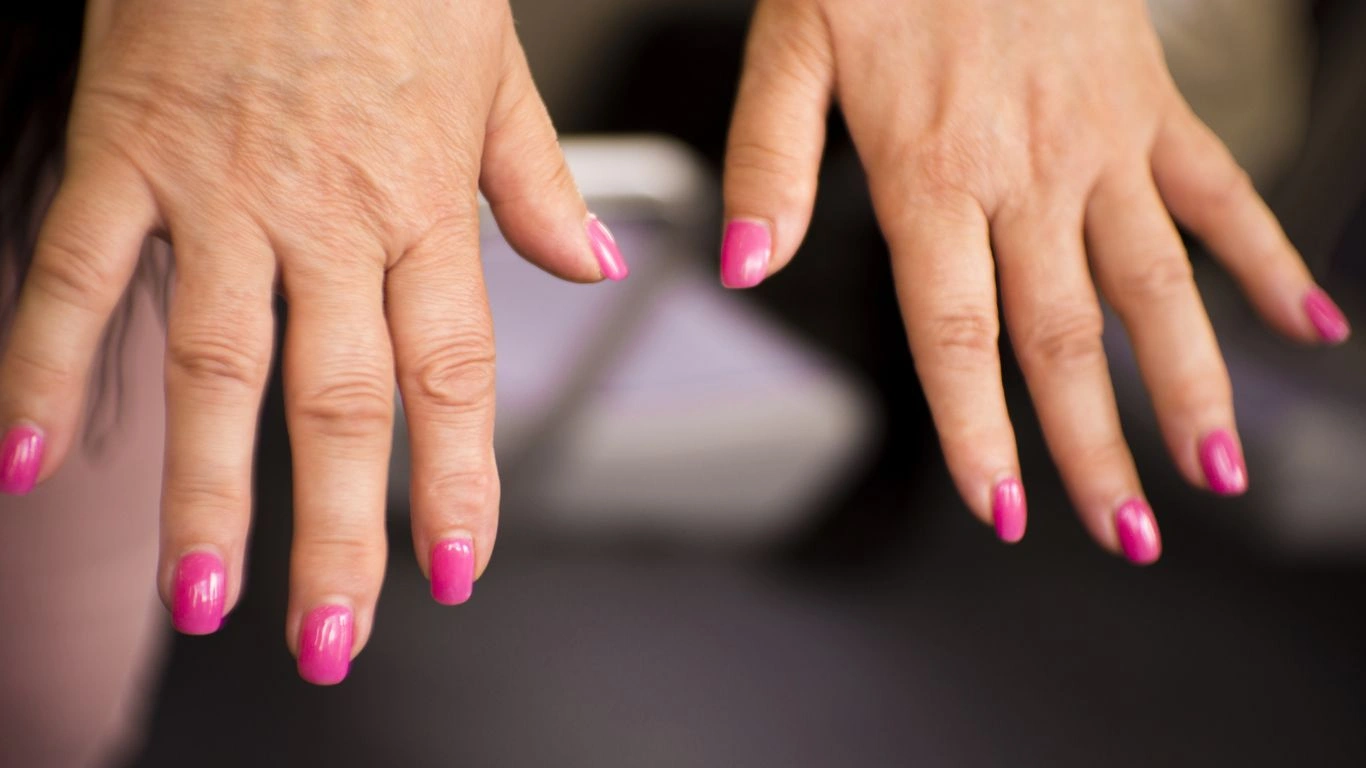
Ah, the dreaded flare. When everything feels tight, hot, and angry, the idea of movement sounds like punishment. I’ve been there with patients (and personally). Here’s the thing—resting completely isn’t always the answer.
During mild flares, very gentle movement can actually help keep things from locking up. Think seated stretches, neck rolls, ankle circles, or even a little deep breathing and shoulder shrugs. It doesn’t have to be fancy or Instagram-worthy.
But on those days when every step hurts and fatigue hits like a freight train? Permission to rest granted. Sometimes your best move is no movement. And that’s okay. Just don’t let it stretch into weeks of inactivity. It’s a delicate balance, and only you can really feel it.
Tips for Flare-Friendly Movement
- Keep it short: Even 3-5 minutes counts.
- Stay seated or supported: Use a wall, chair, or even your bed.
- Use heat first: Warm packs before movement can loosen stiff areas.
- Go slow: There’s zero need to rush through anything.
Adapting Everyday Activities into Exercise
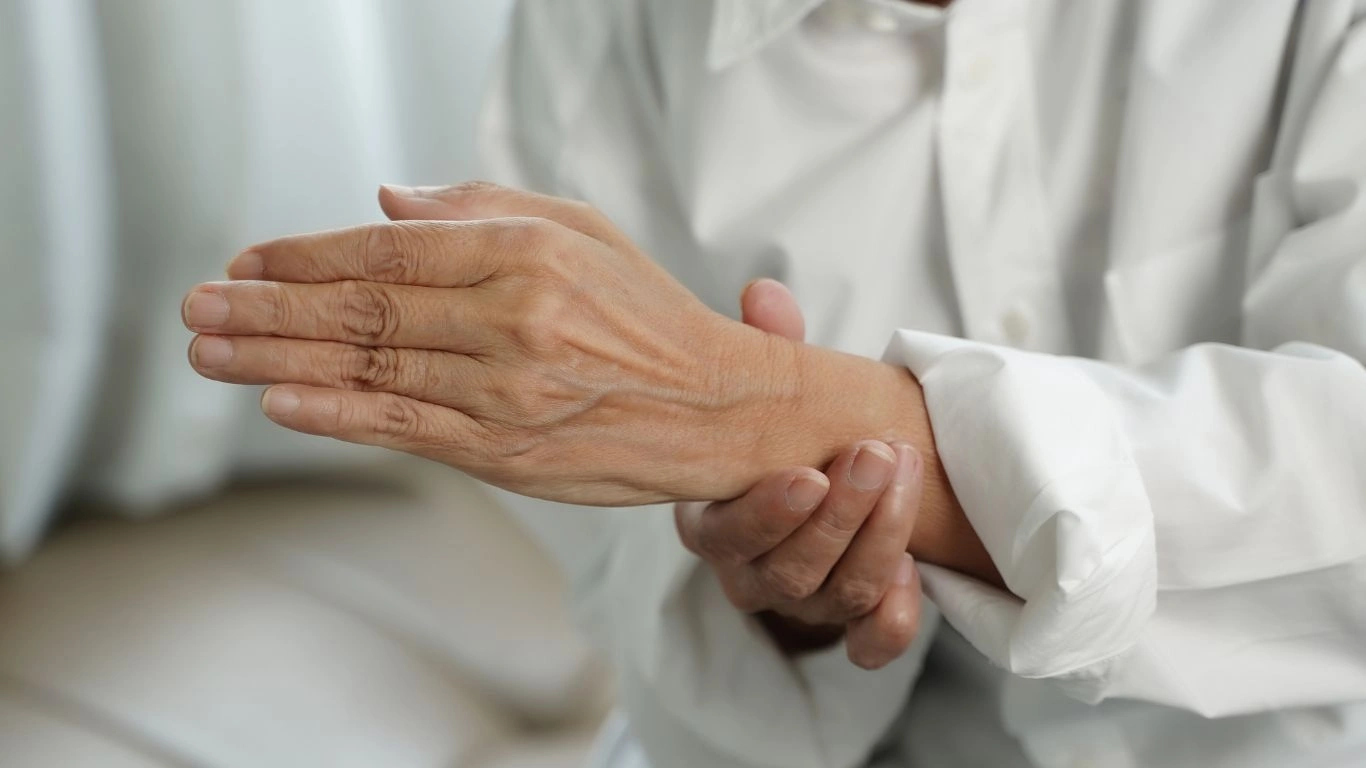
Not all exercise has to happen in a gym or class. Sometimes the best kind of movement fits right into your daily life. I love helping patients find ways to sneak movement into what they’re already doing.
Housework Counts (Really!)
Vacuuming? That’s cardio. Gardening? Full-body movement. Even making the bed or carrying laundry (safely) works your muscles. The key is to approach these tasks intentionally—with good posture and mindfulness.
Chair Time Can Be Active Time
If you’re stuck at a desk or couch for most of the day, try these micro-movements:
- Ankle circles and foot taps
- Shoulder rolls and gentle neck stretches
- Seated marches or leg extensions
- Resistance band pulls while watching TV
It doesn’t feel like a workout, but it’s still keeping your blood moving and joints mobile.
Walking the “Long Way”
One of my favorite tricks? Take the long route—around the house, grocery store, or parking lot. Small extra steps here and there really add up, especially when done daily. If you use a fitness tracker, you’ll be surprised how quickly those steps climb.
Listen to Your Body—But Don’t Let It Boss You Around
Here’s the balance I’ve learned (and coached many others through): Respect your body’s signals, but don’t let fear of pain control your every decision. Movement is medicine. The key is to choose the kind of movement your body can actually tolerate and benefit from—and that’s where low-impact exercises for rheumatoid arthritis sufferers come in clutch.
Some days will be easier. Others will feel like a slog. That’s normal. You’re not doing it wrong. You’re working with a chronic condition that ebbs and flows—and the fact that you’re showing up and reading this? That’s a big deal.
Overcoming Mental Barriers to Staying Active with RA
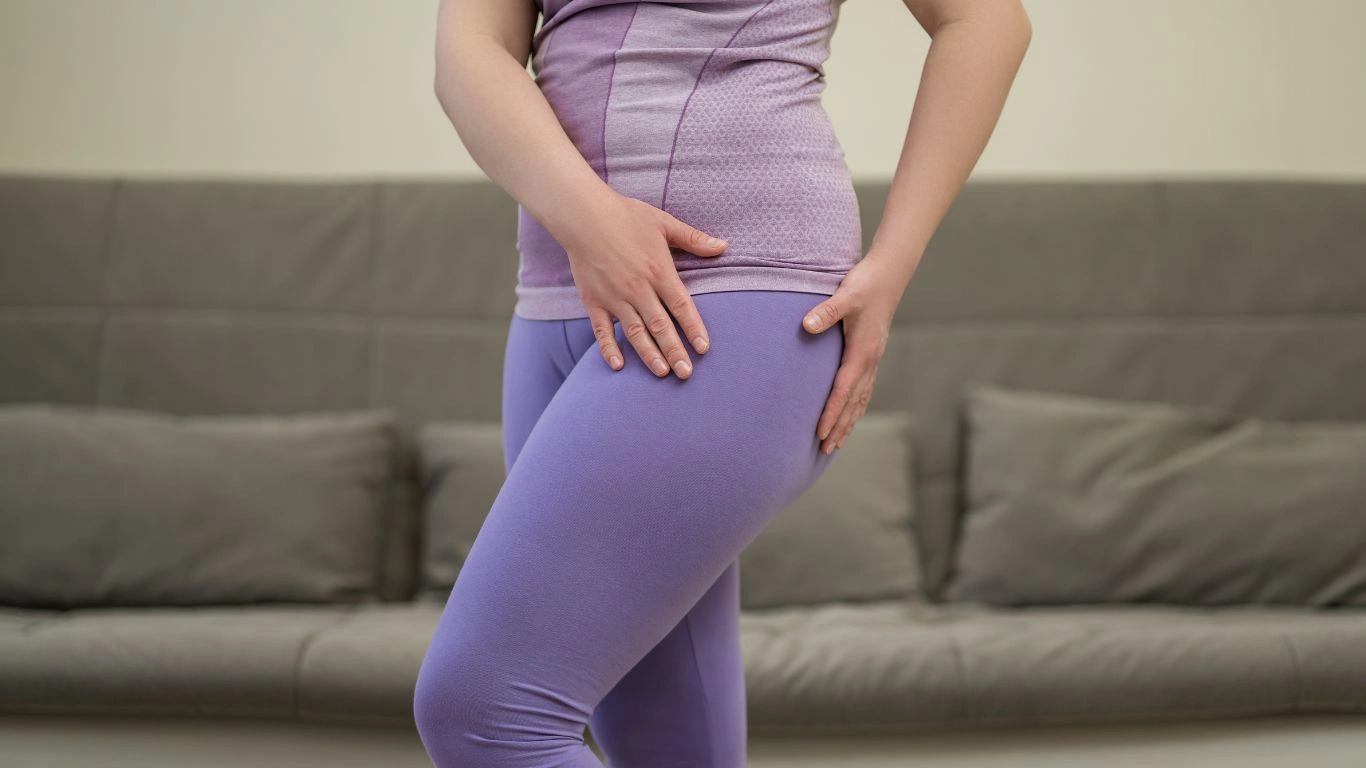
Let’s talk about the part no one really prepares you for—the mental side of exercising with RA. I’ve worked with so many patients over the years who know what they should be doing but can’t seem to get past that mental block. I get it. When you’re in pain or exhausted before even getting out of bed, the idea of stretching or walking sounds ridiculous.
The first thing I always say? Be kind to yourself. You’re not lazy, you’re not broken, and you’re definitely not alone. The motivation will come and go, and that’s normal. Sometimes, it’s about showing up even when you’re not feeling 100%. Even if all you do is breathe deeply and do two shoulder rolls—hey, that still counts.
Strategies That Actually Work
- Micro goals: Instead of saying “I’ll work out for 30 minutes,” try “I’ll stretch for 5 minutes after brushing my teeth.” Small wins build confidence.
- Use visual cues: Leave your resistance band on your couch. Put your yoga mat where you see it. Keep comfy shoes by the door.
- Habit stacking: Pair your movement with something you already do—like stretching while the coffee brews.
- Track your progress: A simple notebook or app can help you see how far you’ve come (especially on days it feels like nothing’s working).
One of my favorite patient stories is about a woman in her 60s who started doing seated leg lifts during commercial breaks. Now she walks her grandkids to the park every weekend. No gym. No equipment. Just consistency and a little belief in herself.
Support Systems Make a Huge Difference

You don’t have to go it alone—nor should you. Surrounding yourself with encouragement, whether in person or online, makes a world of difference. I’ve seen firsthand how support systems can turn things around for RA patients struggling with consistency.
Where to Find Support
- Local classes: Many community centers offer gentle movement or aqua fitness tailored for arthritis. These are great places to meet people who “get it.”
- Online groups: Social media has some surprisingly supportive RA communities. Just make sure they’re grounded in science and positivity.
- Medical teams: Don’t hesitate to reach out to your rheumatologist, nurse practitioner (hi!), or physical therapist. We’re here to help adjust your plan when life (or your joints) throw curveballs.
Personally, I’ve found that when patients feel connected—to a routine, a person, or a goal—they stick with it. Community matters. Accountability matters. And honestly, it just makes the process more enjoyable.
Common Myths About Exercise and Rheumatoid Arthritis
Let’s bust a few myths I’ve heard more times than I can count. Some of these might be floating around in your own head—and that’s okay. Let’s clear the air:
Myth #1: Rest is better than movement during RA
Not exactly. While rest is essential during severe flares, prolonged inactivity can actually worsen stiffness and muscle loss. Low-impact exercises are often the best antidote to chronic fatigue and immobility.
Myth #2: Pain means you’re doing it wrong
Not always. Mild discomfort is common, especially when you’re reactivating unused muscles. But sharp or sudden pain? That’s a red flag. Learn the difference between soreness and warning signals—and talk to your healthcare provider if you’re unsure.
Myth #3: You need to “go hard” for results
Nope. With RA, consistency beats intensity. Slow and steady progress trumps pushing through pain. Think of it as nourishing your body, not punishing it.
Tools That Can Help You Stay Active Safely
There’s no shame in using a little help. In fact, smart tools can make a big difference in how enjoyable (and safe) your movement practice is.
Mobility Aids and Accessories
- Compression gloves: Great for hand stiffness during resistance work.
- Joint braces: Can help stabilize knees, wrists, or ankles during activity.
- Supportive footwear: A must for walking routines. Look for cushioned soles and proper arch support.
Apps and Trackers
- MyFitnessPal or Chronometer: To track your activity and nutrition.
- RA-specific tracking apps: Some even link with your care team and offer flare monitoring tools.
One of my patients uses her smartwatch to set reminders to stretch every hour. It seems simple, but that little nudge changed her entire day-to-day routine.
Final Thoughts: Movement Is an Act of Self-Compassion
At the end of the day, choosing to move—even a little—isn’t about checking a box or reaching a step goal. It’s about choosing to care for your body in a way that supports healing, strength, and long-term mobility. Low-impact exercises for rheumatoid arthritis sufferers aren’t just beneficial—they’re empowering.
From one nurse practitioner to someone navigating this journey: I see you. I’ve worked alongside you. And I believe in your ability to take back some control—one gentle stretch, one small step, one breath at a time.
References
Disclaimer
This content is for informational purposes only and does not substitute professional medical advice, diagnosis, or treatment. Always consult your rheumatologist, primary care provider, or physical therapist before beginning any new exercise routine.

Tarra Nugroho is a dedicated Nurse Practitioner with a strong foundation in family and preventive care. She brings both compassion and clinical expertise to her practice, focusing on patient-centered care and health education. As a contributor to Healthusias.com, Tarra translates medical knowledge into clear, empowering articles on topics like women’s health, chronic disease management, and lifestyle medicine. Her mission is simple: help people feel seen, heard, and informed—both in the clinic and through the content she creates. When she’s not caring for patients, Tarra enjoys weekend hikes, plant-based cooking, and curling up with a good health podcast.
